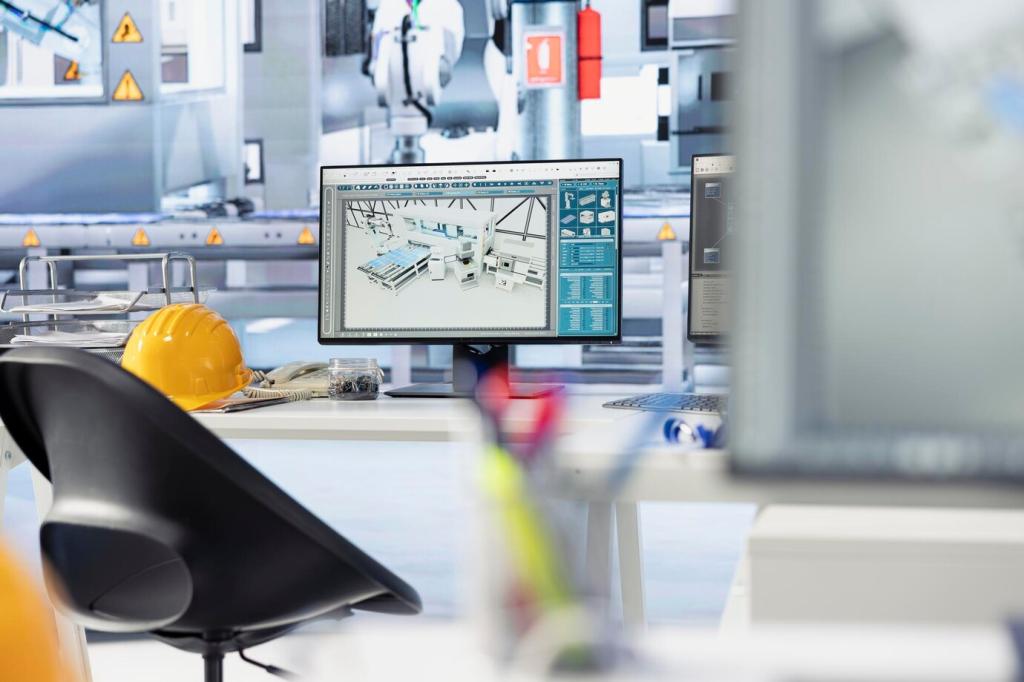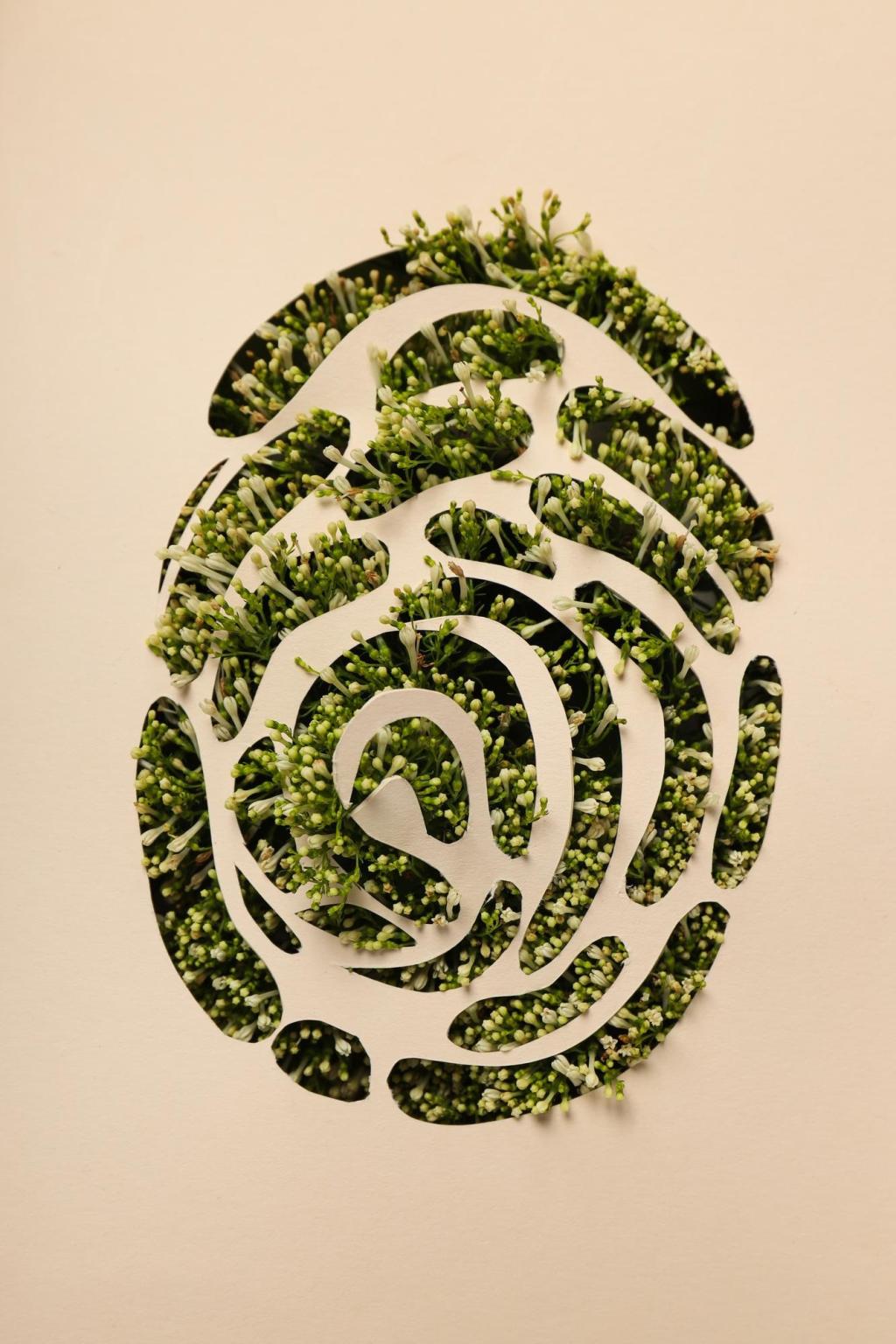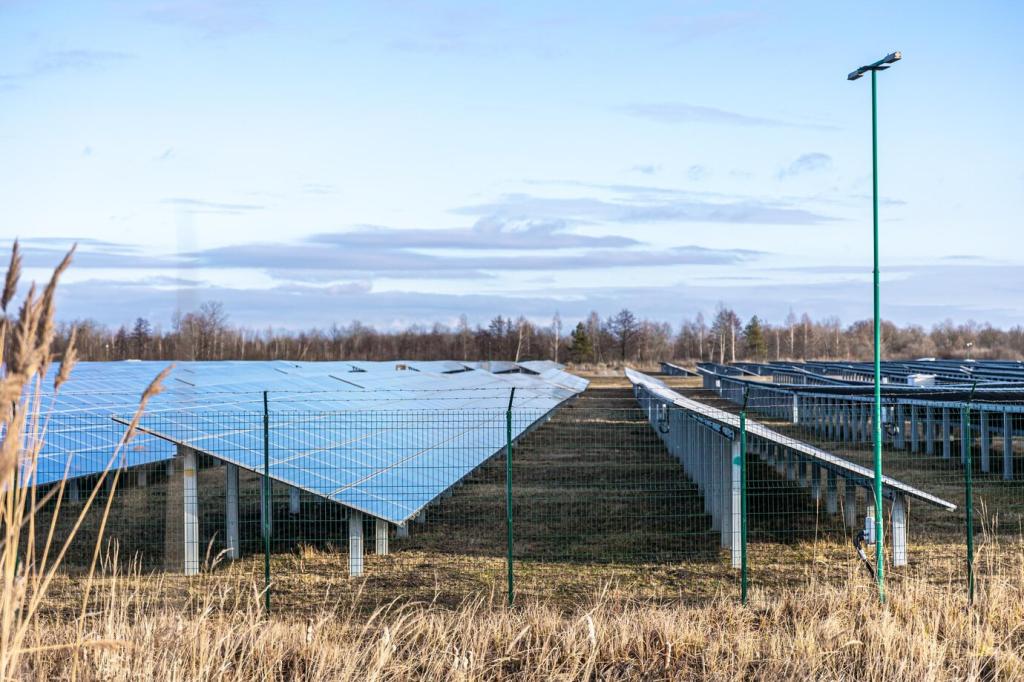What Makes a Material Truly Biodegradable
Biodegradable polymers often contain hydrolysable bonds—esters, amides, and glycosidic linkages—susceptible to enzymatic attack. These weak points let water and enzymes unzip long chains, unlocking carbon sources microbes metabolize into carbon dioxide, water, and biomass under appropriate conditions.
What Makes a Material Truly Biodegradable
In compost and soil, diverse microbes deploy depolymerases, lipases, and esterases that nibble at polymer surfaces. As chains shorten, more surface becomes accessible, accelerating breakdown until material is mineralized. Share your observations from home composts or community piles.








